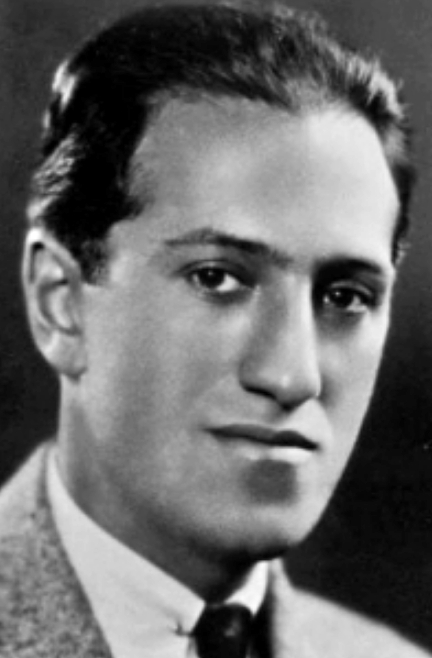On this date in 1898, composer George Gershwin (né Jacob Bruskin Gershowitz) was born in Brooklyn, N.Y. Of the three boys in the family, only his older brother Ira, later George’s lyricist, had a bar mitzvah. According to biographer Rodney Greenberg, “This religious milestone apparently meant little to Ira himself. The fact that Rose and Morris never imposed it upon George and Arthur means that, by the time they became teenagers, the family had left their East European Jewish origins behind and were living a secular existence in New York’s cosmopolitan melting pot.”
Gershwin’s named sources of “inspiration” were not gods or prophets but two other nonbelieving songwriters: Irving Berlin and Jerome Kern, according to biographer Edward Jablonski in Gershwin: A Biography. Self-taught on the piano, Gershwin started writing songs as a teen, quickly advancing from Tin Pan Alley to Broadway musicals. Considered by many to be America’s greatest composer, he wrote memorable standard after standard, including “Lady, be Good!” “Strike Up the Band,” “Funny Face,” “The Man I Love,” “Embraceable You,” “Somebody Loves Me” and “They Can’t Take That Away from Me.” His more serious work included “Rhapsody in Blue” (1924), “Piano Concerto in F” (1925), “Porgy and Bess “(1934), and “Three Preludes” (1926).
At the height of his career at age 38 in 1937, he died during surgery to remove a brain tumor. He had never married and at the time of his death lived in a house owned by lyricist Yip Harburg. (D. 1937)


